Advertisement
You've probably seen AI-generated content before—those articles that sound kind of weird or art that looks just a little… off. That's what people are starting to call "AI slop." It's the not-so-great stuff made by AI when it's rushed, unedited, or just not used carefully. And yep, it's showing up everywhere—on websites, in search results, even in school projects. But what exactly is it? And how do we deal with it?
AI slop doesn’t come from one place. It’s more like a mix of problems that all pile up to make things messy. Let’s look at how that happens.
Sometimes, AI writes things that look fine on the surface—long words, full paragraphs, maybe even a few facts. But when you actually read it, nothing is being said. It's like biting into a big sandwich and realizing there’s no filling. This kind of writing might repeat itself, go in circles, or feel super robotic.
Why does this happen? Because the AI is trying to “guess” what should come next based on patterns, not meaning. It doesn’t understand anything—it just mimics.

People use AI for everything now—blogs, school papers, product reviews, and even news articles. While that can save time, it also means machines, not humans, are creating more and more content. When everyone uses the same tools in the same way, the results all start to sound the same. That's when slop takes over.
AI doesn’t always get things right. It can make up facts, get math wrong, or use words in strange ways. If no human takes the time to read through and fix it, that content goes out into the world full of mistakes. Imagine handing in a homework assignment without even reading what you wrote—that's how AI slop spreads.
It’s easy to ignore AI slop if you’re just scrolling online. But it actually has some real effects that can mess things up for everyone. Here’s how.
Say you’re researching for a school project, and Google brings up ten articles—but eight of them are just AI-generated fluff. You waste time clicking through junk just to find something useful. That's what AI slop does—it clogs up the internet with low-quality content, making it harder to learn or find the truth.
Writers, artists, teachers—people who create things with care—are getting drowned out by AI-made stuff. Companies chasing clicks are choosing fast and cheap content over well-made, thoughtful work. That means fewer jobs for human creators and more boring, copy-paste material online.
AI doesn't fact-check itself. It can make things up, especially if it's trained on bad sources. That false info can spread fast—through blogs, YouTube captions, or social media—and suddenly, a lot of people believe something that isn't even true.
The good news? Once you know what to look for, spotting AI slop is pretty simple. These are some signs that something was probably written—or made—by a machine without much thought behind it.
AI loves repeating the same idea in different ways. You might see sentences like “This is because it is important, and it is important because it matters.” That kind of circle-talk usually means AI is padding the content to make it seem longer or smarter than it is.
AI often stays safe by being super general. It might say things like “Technology is changing the world” or “It’s important to stay informed.” Okay, but how? If it never gives specific examples, it’s probably slop.
Real writing has a voice. It sounds like someone is talking to you. AI slop often feels flat—like reading a textbook written by a robot. No personality, no clear opinion, and definitely no sense of humor.

Sometimes, the AI throws in a word that doesn't fit or writes something that just sounds...off. Maybe it says “beneath the umbrella of content creation” when it could’ve just said “in content creation.” These weird, fancy phrases often give away AI slop trying too hard to sound smart.
AI isn’t going away, and it’s not all bad. But if we want better quality online (and in real life), we’ve got to use it the right way. Here's what you can actually do.
Treat It Like a First Draft: Think of AI as your helper, not your ghostwriter. Let it get the basic ideas down, but you should edit it. Make it sound like you. Add your examples, your thoughts, and your style.
Fact-Check Everything: Just because AI says it doesn’t mean it’s true. Always double-check facts from real, trusted sources. If something feels off or too generic, look it up.
Cut the Fluff: AI can be super wordy. If you’re writing with its help, trim anything that doesn’t add value. Make it clean and direct.
Look for Sources: Real writers usually link to solid sources or explain where their info came from. If an article never tells you where it got its facts, be cautious.
Check the Author: Some websites now tell you if AI wrote something. Others don't. But if an article has no byline, no personal voice, and no clear structure, it's probably AI slop.
Use Better Search Tools: Search engines like Google are working on filtering slop, but you can help by being more specific in your searches. Try using quotes or searching from known sources (like news sites or libraries).
AI is useful, but only when we stay involved. AI slop happens when we stop thinking and let machines take over without care. Whether you’re writing or reading, take a moment to check, question, and clean things up. Good content still depends on human effort—and it’s up to all of us to keep the quality high.
Advertisement
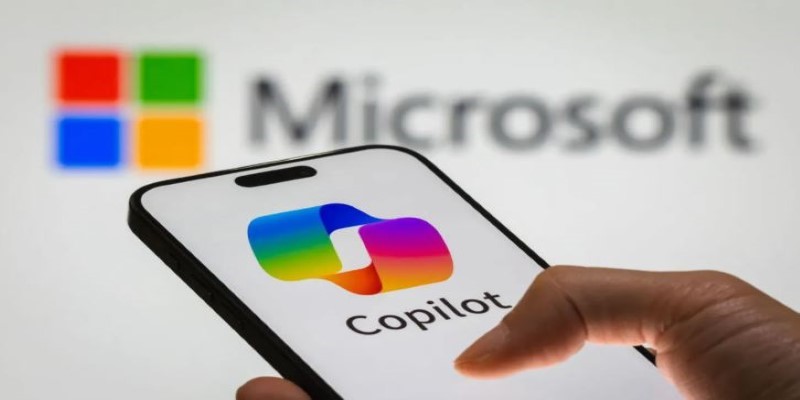
How to use Microsoft's Copilot Image Creator to generate unique AI images from text descriptions. Explore step-by-step instructions and real-life applications of this powerful tool
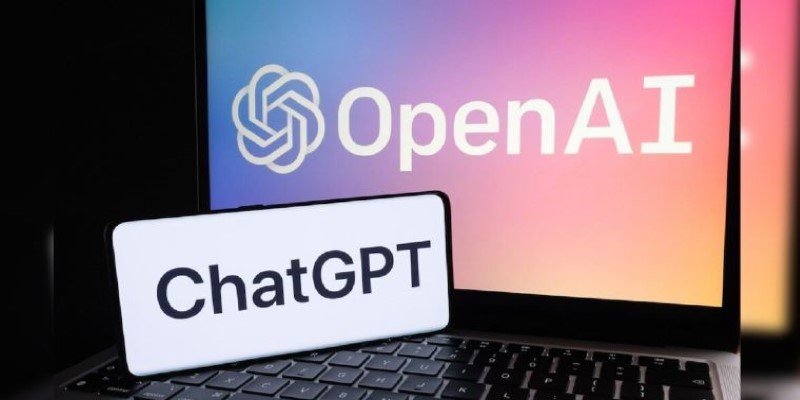
Worried about downloading the wrong app? Here's how to spot fake ChatGPT apps on the Apple App Store and make sure you're using the official version

Explore how curiosity shapes AI, fostering adaptive, intelligent, and innovative systems.

Customize ChatGPT into a Gen Z chatbot with opinions, slang, and style using OpenAI’s newest personality features.
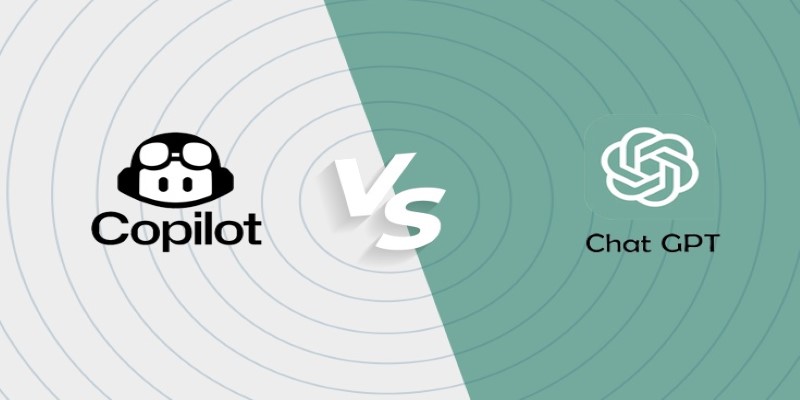
GitHub Copilot vs. ChatGPT — which one is better for programming tasks? Here's a simple breakdown of what each AI tool offers to coders, from beginners to pros
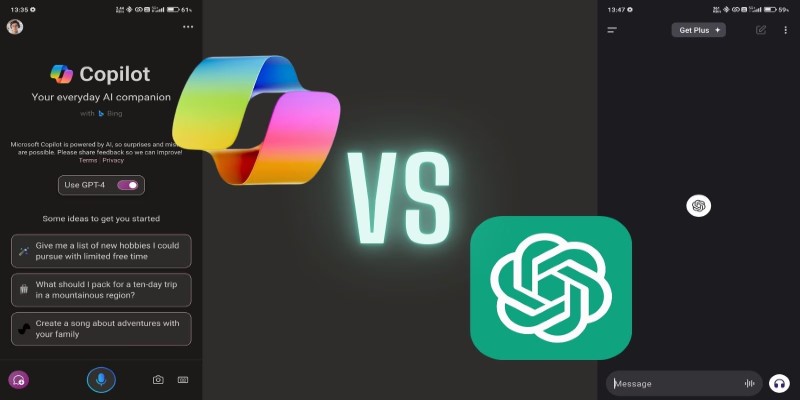
Wondering if Microsoft Copilot is better than ChatGPT? Here are 4 simple reasons why Copilot might fit your workflow better
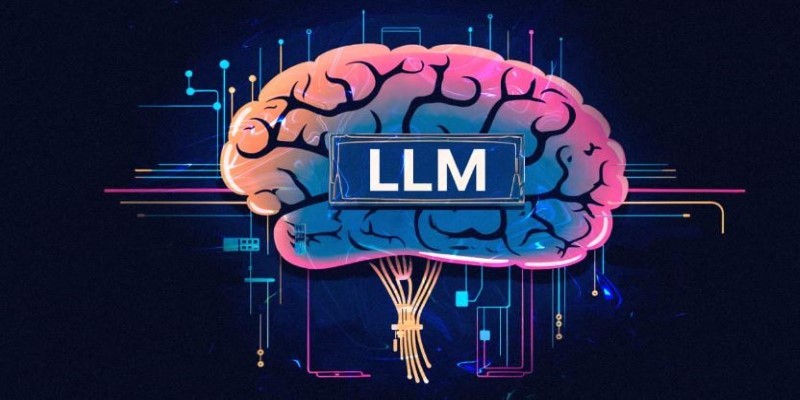
LAMs (Large Action Models) are the next evolution after LLMs, built to take actions instead of just generating text—but they still have a long way to go

GPT-4 is now free for everyone, but there are still six key reasons to keep using ChatGPT Plus. Discover how you can get more speed, priority access, and extra features with a Plus subscription
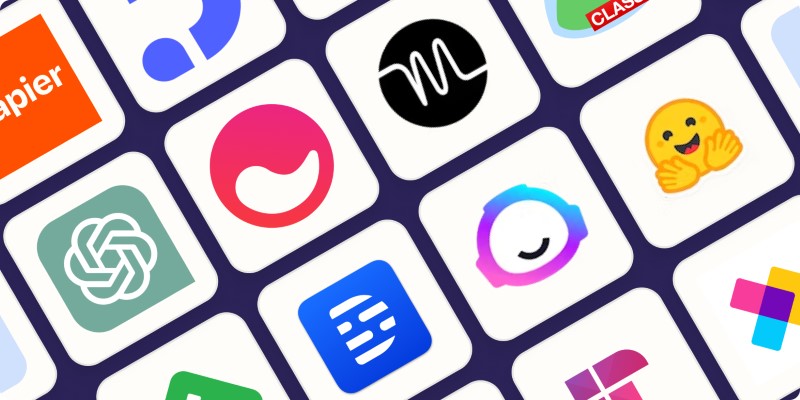
Discover the best AI search engines and tools to search the web smarter in 2025. Find what you need faster with these AI-powered web search platforms
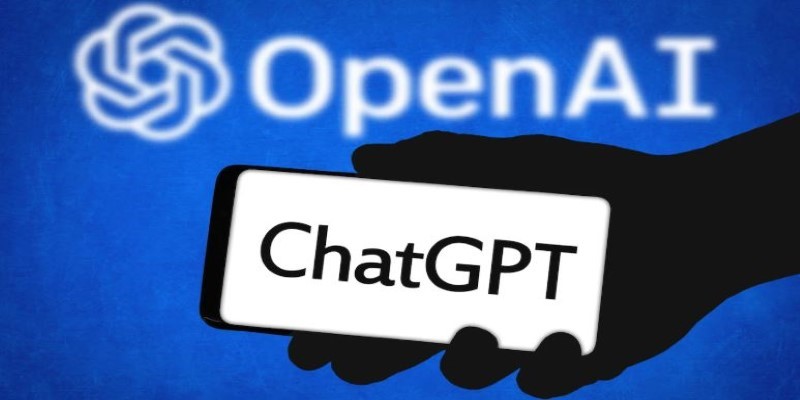
Wondering if ChatGPT plagiarizes? Learn about how ChatGPT generates text, its sources, and how you can use it responsibly without crossing into plagiarism
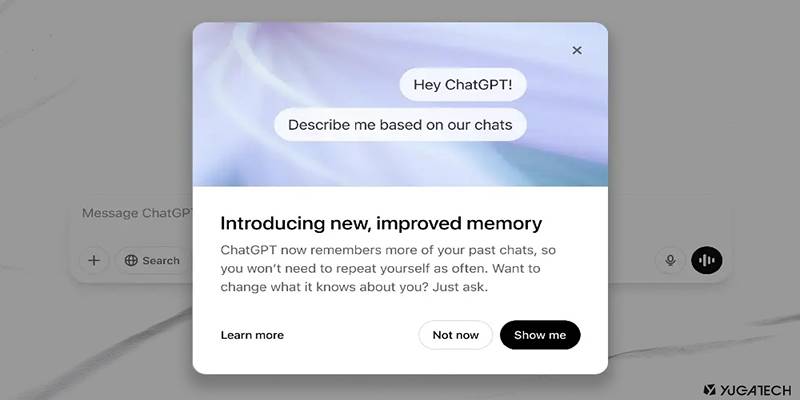
Discover how ChatGPT’s memory helps tailor responses to your preferences, making every chat smarter and more relevant.

Looking for OpenAI Sora alternatives? Here are 6 free AI video tools you can try today. Turn your text into video and explore AI-powered video creation without paying a cent